Creeping Thyme: Your Garden's Magic Carpet Ground Cover
What makes Dwarf Thyme an ideal ground cover is its tolerance to light foot traffic. For those with small backyards, you can use this plant as an alternative to lawn if you don't feel like using grass. It can also be used as filler plants between pavers or as a striking highlight in a rock garden.
Even more beneficial, its leaves are edible just like other thyme plants. When growing Creeping Thyme as ground cover or even in containers, basic things to remember are good drainage and full sun.
How to Plant Thymus Serpyllum (Creeping Thyme)?
Deciding to plant Creeping Thyme? The overall process may be straightforward, but there are essential things to keep in mind to ensure a healthy, beautiful plant.
Here are simple planting tips to guide you:
- Just like other variations, the White Creeping Thyme for instance, Creeping or Elfin thyme tolerates some light shade but blooms best when exposed to at least six hours of full sun daily.
- When prepping the soil to use, remember this plant prefers well-draining, sandy, or loamy soil.
- Plant seedlings or divisions about 30 cm apart to allow room for creating the perfect Elfin thyme ground cover. Once planted, it will slowly form a dense, low mat.
- Water thoroughly after planting. Keep soil moist (but not soggy) until established, then reduce watering. Elfin thyme is drought tolerant once established.
Why Should You Buy Thymus Serpyllum?
The Creeping or Dwarf Thyme offers low-growth foliage and attractive blooms that can be used as ground cover, as well as filler between pavers or stepping stones. It's also great for edging, planting in pots, a low maintenance alternative to grass, and serves as a striking addition when incorporated in rock gardens.
Here are more reasons why this dwarf aromatic thyme is worthwhile adding to your outdoor garden:
- Low Maintenance: Once established, Elfin thyme is drought-tolerant and requires minimal care, great for busy gardeners. It's also the perfect plant for those who want to turn their outdoor space into a low-maintenance garden.
- Gorgeous Flowers: It's hard to say no to this plant's tiny purple-pink flowers, which add a splash of colour and attract pollinators, transforming your landscape into a garden full of life.
- Fragrant Groundcover: Creeping thyme is strongly scented, making it a nice sensory experience especially when planted for pathways and borders.
- Edible and Aromatic: Creeping thyme leaves are edible and can be used in cooking, adding flavor and aroma to dishes. However, it's worth noting that while edible, their leaves are rarely used for cooking because of their inconsistent fragrance and flavour. Common thyme may be the better alternative for culinary purposes.
How to Care for Thymus Serpyllum (Creeping Thyme)?
With proper care and maintenance, Dwarf Thyme will thrive and offer enduring beauty in your garden. Here’s how to maintain this gorgeous mini creeping thyme:
- This aromatic sub-shrub is drought tolerant once established, meaning it will be just fine even if you only water it once or twice a week. You can however increase the watering frequency during hot and dry summers.
- It will help to add a layer of organic mulch around the base of the plants for the purpose of retaining soil moisture and suppressing weeds.
- Dwarf thyme is a low-demand plant and will continue to flourish even with minimal fertilising. But for optimal growth, but a light application of compost or a balanced fertiliser in spring.
- This plant doesn't really need frequent pruning maintenance. Generally, trimming back after flowering to maintain shape and encourage denser growth is recommended twice a year.
Things to Consider When Growing Creeping Thyme
Thymus serpyllum tolerates shade, it truly thrives on full sun, so ensure you're planting it on a spot that receives sufficient sunshine. Its growth habit also brings the possibility of this plant becoming invasive, spreading vigorously if not properly contained. To avoid overtaking nearby plants and making your planting arrangement messy, it’s ideal to plant in controlled areas or maybe even use barriers.
Another thing to remember about creeping thyme is its soil preference, which should be moderately fertile, well-drained soil. It can be planted in loose, sandy soil but is likely to die in damp, heavy soils.
Treating Creeping Thyme for Pests and Diseases
Thymus serpyllum is generally pest-resistant, it's even highly resistant to deer and rabbits, but they may attract aphids and spider mites in less than ideal conditions. Regularly check for pests and treat with natural solutions if needed.
To prevent root rot and fungal issues like powdery mildew especially in areas with high humidity, ensure good air circulation and proper drainage.
Where Can I Buy Creeping Thyme?
Transform your outdoor space with the striking charm of Thymus serpyllum. For inquiries or assistance about buying Creeping Thyme or any other plants, feel free to contact us here.
We also offer gardening inspiration to help you achieve your dream garden. Better yet, take our Garden Quiz to find out which gardening style is best for your space.
Companion Plants for Creeping Thyme
This aromatic shrub will thrive with many other selections planted alongside it. Here are our recommendations:
- Lavender: Any forms of lavender complement creeping thyme since they have similar growth needs. The growth habit and aromatic scent of lavenders also adds height and fragrance.
- Rosemary: Another hardy herb that pairs well with thyme and shares a love for sunny, dry locations is rosemary, which is also best known for its beauty and fragrance.
- Mock Orange: An aromatic evergreen displaying shiny foliage and white flowers, pairing well with Creeping thyme when used as borders.
- Star Jasmine: This hardy evergreen climber provides texture and visual contrast when grown as a vine engulfing trellises and fences.
| Weight | 1 kg |
|---|---|
| Pot Size | 33x33cm |
Detailed Information
| Typical height | Up to 8 cm |
|---|---|
| Minimum temperature tolerance | It can withstand temperatures up to around 32–35°C; as for its cold tolerance, can tolerate temperatures as low as -34°C |
| Climate | Thrives in temperate, Mediterranean, and even some arid climates |
| Light conditions | Full sun (6+ hours a day) but can tolerate partial shade |
| Growth habit | Low-growing, spreading growth habit that makes it an ideal ground cover |
| Growth conditions | Needs well-drained soil with sandy or loamy being the best; drought tolerance once established |
Q: How quickly does Creeping Thyme grow?
It grows slowly as it establishes during the first year, but it reaches a spread of 15 cm to 45 cm within a period of roughly three years.
Q: Where does Creeping Thyme grow best?
This plant thrives in well drained soil with a neutral pH (between 6.5 and 7.5), preferably in an area with prolific sun exposure, although it can also tolerate partial shade.
Q: Is Creeping Thyme fragrant?
Yes, but unlike other aromatic shrubs with sweet scents, creeping thyme offers spicy fragrance.
Q: Is Creeping Thyme toxic?
No, in fact its leaves are edible and can be used in various cuisines.
Q: What is the difference between thyme and creeping thyme?
Thyme is mostly grown for culinary use while creeping thyme is grown mostly for landscaping. Both types are edible, but creeping thymes are usually small, difficult to harvest, and with inconsistent scent and flavour, which is why it’s more valuable as ground covers.
Creeping Thyme
Thymus serpyllum
- In stock
- Delivery within 1-3 days based on location.
- Local pickup by appointment only
- Delivery Fees and Minimum Purchase
- *Unable to deliver to VIC due to mandatory inspection by Plant Standards Victoria for red imported fire ants.
Thymus serpyllum is a mini creeping thyme, hence, generating other common names such as Creeping Thyme or Dwarf Thyme. Native to northern Europe, western Asia, and northern Africa, it’s best known for its deep green foliage, woody stems, and attractive pink flowers that’s in full display every spring and summer. The plant’s low growing habit makes it a popular ground cover.
Other gardeners also favour Creeping Thyme as a distinct lawn replacement with its pinkish flowers offering a striking dose of colours.
Synonyms: Breckland thyme, Breckland wild thyme, Wild thyme, Elfin thyme
Payment methods
Your payment information is processed securely. We do not store credit card details nor have access to your credit card information.




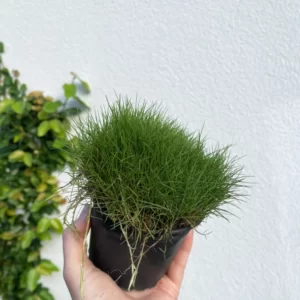

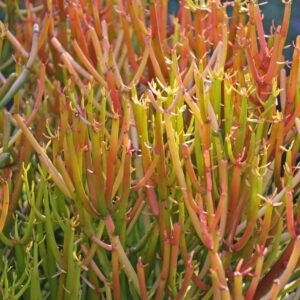
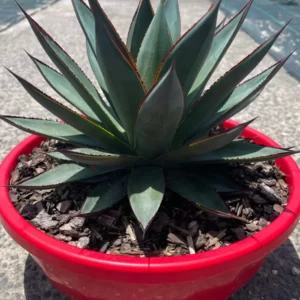
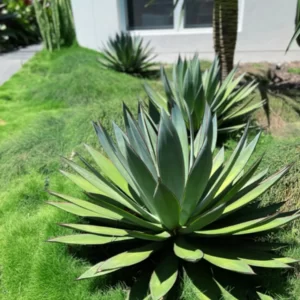
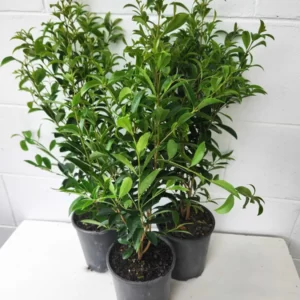
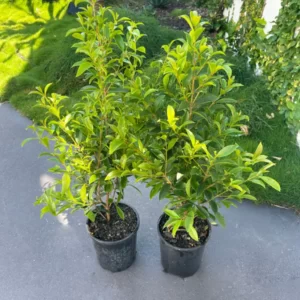


Reviews
There are no reviews yet.